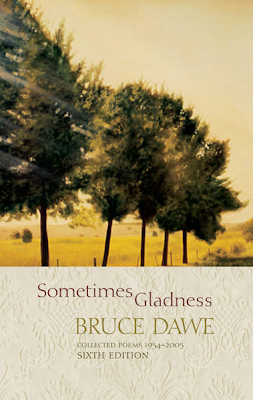The Creating and Presenting Area of Study is asking you to think deeply and creatively about humanity and the universe.
Firstly, it presents you with a Context to direct your thinking, in this case you are being asked to wonder about issues surrounding people's understandings of self and place OR the lessons life teaches us. You need to keep the Context being considered at the forefront of your mind as you work on your learning and assessment tasks.
Next, it asks you to use a focus text as a beginning point from which to launch your exploration of the Context. You need to read your focus text and think about the issues and ideas arising within it and how the author/s delivers their perspectives on things to the reader. Having done this, you need to expand your thinking to consider where these issues and ideas are arising elsewhere within society, beyond the set text.
Finally, it asks you to use your knowledge and thinking on all these things to present your own perspectives in expository, persuasive and imaginative texts you you create. Your are given a last challenge at this point of assessment as you will be presented with a writing prompt that you must engage with and use to shape your piece of writing. Alongside this your texts need to also demonstrate you have been engaging in deep thought about the Context and how it is apparent in the focus text and the world.
One interesting way some people find helps them understand this Outcome is to view the focus text as the centre of their study from which they can spiral out their thinking to incorporate consideration of all the other influencing elements. E.g., TEXT - characters - themes - values - author purpose - use of literary devices - CONTEXT - beyond the focus text, issues - intertextuality - universalities - philosophies - PROMPT - connections - inspiration - perspectives - insights - WRITING - my creation, my ideas, my messages, informed and sophisticated, linked to Context, text/s and prompt.
Firstly, it presents you with a Context to direct your thinking, in this case you are being asked to wonder about issues surrounding people's understandings of self and place OR the lessons life teaches us. You need to keep the Context being considered at the forefront of your mind as you work on your learning and assessment tasks.
Next, it asks you to use a focus text as a beginning point from which to launch your exploration of the Context. You need to read your focus text and think about the issues and ideas arising within it and how the author/s delivers their perspectives on things to the reader. Having done this, you need to expand your thinking to consider where these issues and ideas are arising elsewhere within society, beyond the set text.
Finally, it asks you to use your knowledge and thinking on all these things to present your own perspectives in expository, persuasive and imaginative texts you you create. Your are given a last challenge at this point of assessment as you will be presented with a writing prompt that you must engage with and use to shape your piece of writing. Alongside this your texts need to also demonstrate you have been engaging in deep thought about the Context and how it is apparent in the focus text and the world.
SPIRAL OUT





 Sign up to Padlet and then contribute to our discussion wall
Sign up to Padlet and then contribute to our discussion wall